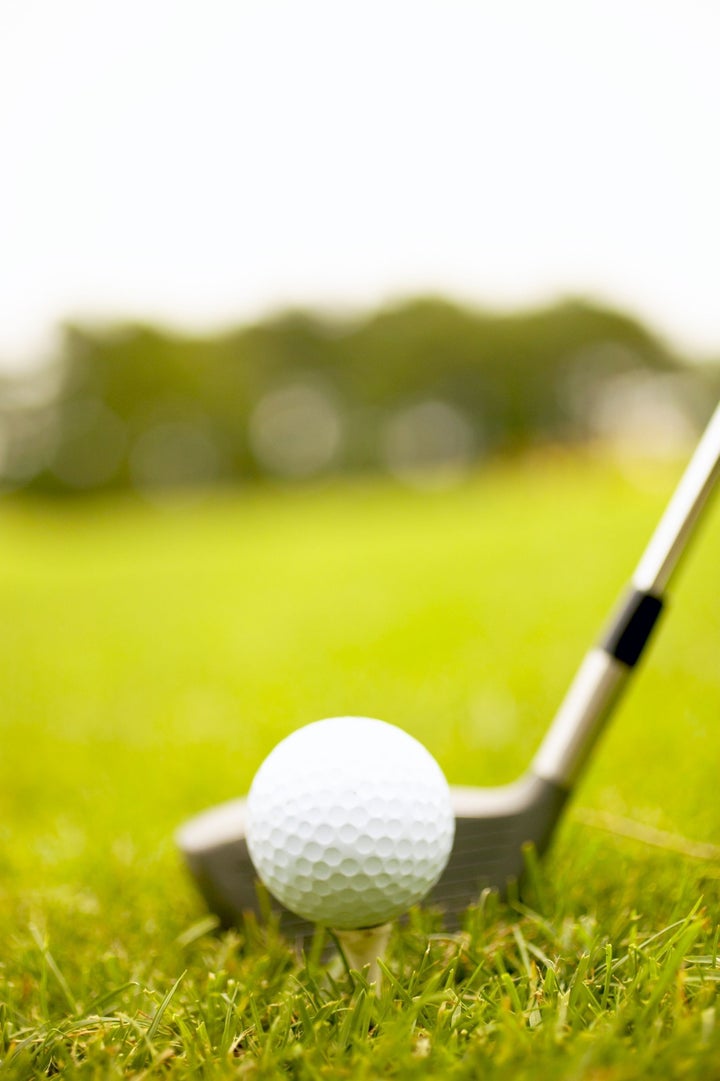
When the world's finest golfers descend on Maryland's Congressional Country Club for the 111th U.S. Open, there will be no hands-down favorite for the crowds to follow. Bubba Watson will bring his monstrous drives, K. J. Choi his intense focus and Luke Donald his consistency. Veterans Ernie Els and Phil Mickelson will have experience on their side, and Graeme McDowell his status as defending champion.
That's the great thing about golf. Golfers may have different strengths, but at the end of the day, each of them faces an identical challenge: putting a sphere measuring 42.67 millimeters in diameter into a hole measuring 108 millimeters in diameter.
Or do they? Those measurements may be the PGA's official standards, but new evidence suggests that athletes do not necessarily "see" the same ball and hole. Depending on how they are feeling -- physically, mentally and emotionally -- even elite golfers may perceive the day's round of golf quite differently, right down to the dimensions of the ball and hole.
Psychological scientist Jessica Witt of Purdue University has spent the last several years studying how people perceive their world. We think of perception as the eyes objectively recording what's out there, but Witt believes it's not so simple. Her work suggests that people's perceptions are shaped by their ability to act in the world, including their body size and coordination, their energy and the particular challenges at hand.
Witt has spent many hours studying golfers at local courses. She has found, for example, that golfers who are contemplating tricky putts -- not necessarily long ones, but difficult, breaking putts -- see the hole as much smaller than when they are lining up straight, flat putts. She has also found that golfers who are having a good day on the links actually see the hole as much bigger than do golfers who are struggling. For duffers who are slicing their drives and misjudging the greens, that hole can appear miniscule.
Interestingly, these skewed perceptions seem to be related only to how they are playing on a particular day, not their overall skill. That is, even highly skilled golfers -- golfers with scratch handicaps - -see the hole as tiny if they are striking the ball poorly. This suggests that perception is shaped by moment-to-moment performance rather than athletic talent. Witt's studies have also shown that performance shapes perception, rather than the other way around (that is, they're not sinking those 40-foot putts because the hole is huge; the hole becomes huge after sinking a sweet putt).
Why would this be? Seeing the hole as unrealistically large or small would seem to be an error of perception, one that could compromise future performance. What possible advantage could such misperceptions convey? Witt believes that seeing the world in terms of one's ability, rather than in terms of some arbitrary measure, might actually be useful for planning future actions. For example, a golfer who is struggling might concentrate more intensely because he is facing a vanishingly tiny target.
These effects could have evolutionary origins, specifically related to hunting and survival. Hunting is the historical foundation of all modern sports, Witt notes in the online version of the journal Current Directions in Psychological Science, and misperceptions of size could have been adaptive for early hunters. For example, a hunter who is having a luckless day finding food might begin to see prey as small, which encourages him to get closer for a more precise attack, leading to success. Or a successful hunter, who would see game looming large, might not risk detection by approaching too close. So these perceptual biases may actually have led to better decisions, boosting the odds of survival.
When U.S. Open begins at Congressional, the world's elite golfers will also be thinking survival -- in this case, surviving the cut. We'll know by the weekend how each of them saw the 18th hole in his mind's eye.